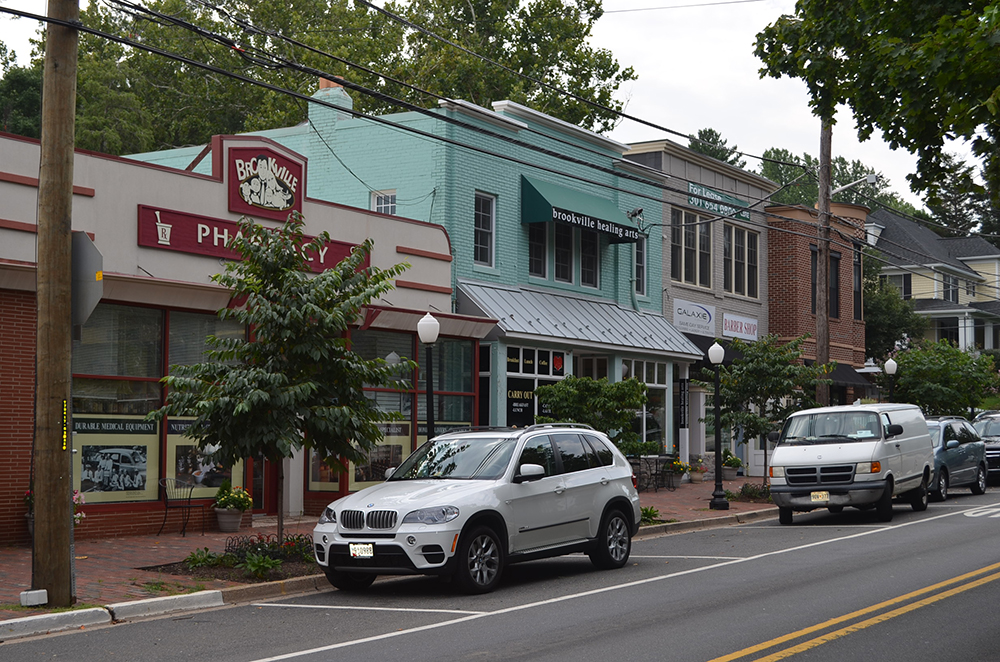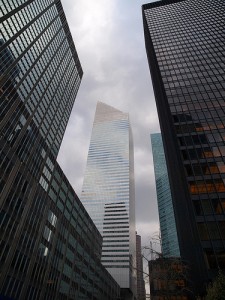
Thrive Montgomery includes dozens of recommendations touching on land use, transportation and many more topics. In the following posts I will describe what I see as the most interesting and important concepts in the plan, but first I want to outline the general approach that informs this plan’s specific proposals – an approach that can be summarized as “urbanism.”
The plan applies the principles of urbanism – a term used as shorthand for a set of ideas about what makes human settlements successful – to frame recommendations about the location, form, and design of development; policies on transportation and housing; and the kinds of parks, recreational facilities, and public spaces we need in the future.
What we mean … Continue reading


